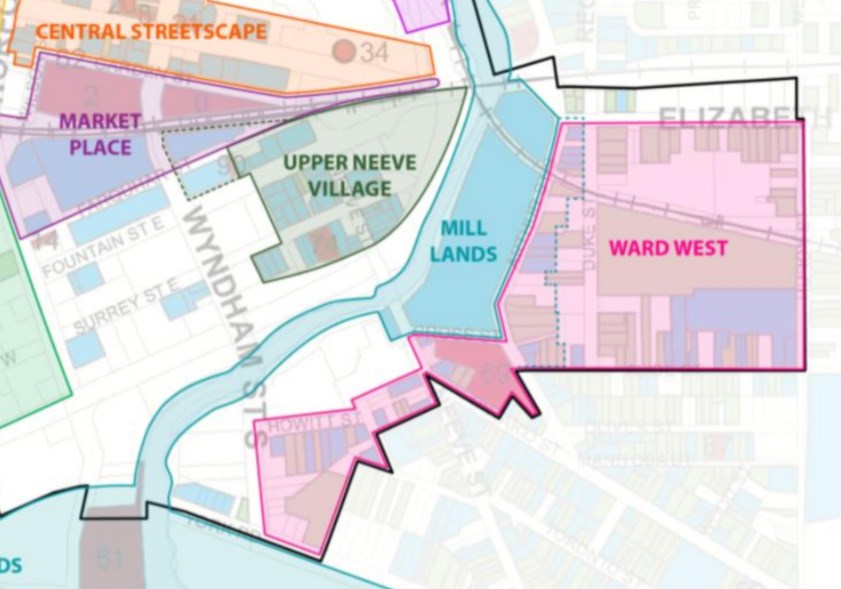In order for an area to be designated as a cultural heritage landscape under the Ontario Heritage Act – something done by municipal councils – provincial regulations require a study that shows at least 25 per cent of properties within the defined area meet at least two of the following nine criteria:
- The properties have design value or physical value because they are rare, unique, representative or early examples of a style, type, expression, material or construction method.
- The properties have design value or physical value because they display a high degree of craftsmanship or artistic merit.
- The properties have design value or physical value because they demonstrate a high degree of technical or scientific achievement.
- The properties have historical or associative value because they have a direct association with a theme, event, belief, person, activity, organization or institution that is significant to a community.
- The properties have historical or associative value because they yield, or have the potential to yield, information that contributes to an understanding of a community or culture.
- The properties have historical or associative value because they demonstrate or reflect the work or ideas of an architect, artist, builder, designer or theorist who is significant to a community.
- The properties have contextual value because they define, maintain or support the character of the district.
- The properties have contextual value because they are physically, functionally, visually or historically linked to each other.
- The properties have contextual value because they are defined by, planned around or are themselves a landmark.
